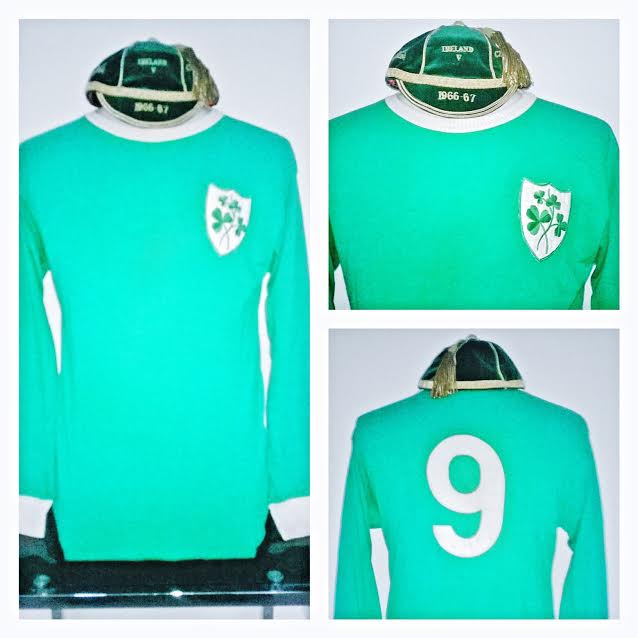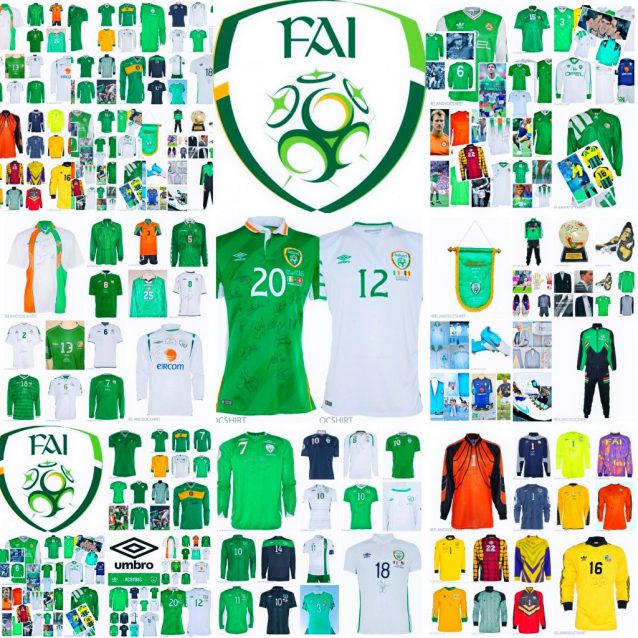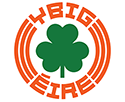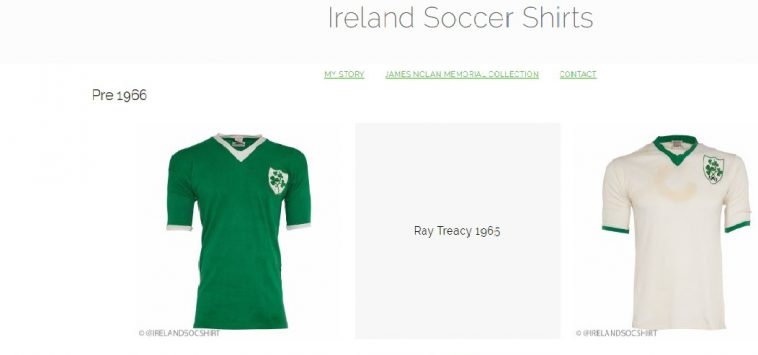“The hero draws inspiration from the virtue of his ancestors”. Johan Wolfgang Goethe 1774-1832
Pat Dunne, Theo Foley, Mick McGrath, Joe Haverty, Bobby Gilbert, Jackie Hennessy, Frank O Neill, John Keogh. Not exactly household names to many Irish football fans in 2016.
Picture the scene. Dalymount Park, 4th May 1966, Ireland v West Germany. Along with Charlie Hurley, Eamonn Dunphy and a young nineteen year old striker from West Bromwich Albion named Ray Treacy, making his International Debut, completed the Republic of Ireland team that lined up to face a team that featured the majority of the squad that would lose to England shortly after in the World Cup Final of 1966. Household names like Maier, Beckenbauer and Seeler made sure of a comfortable 0-4 win for the visitors that day in Dalymount.
Many of the great servants of Irish football who wore the green shirt with pride over the years with very little success or financial reward or fame, graced the hallowed turf of Dalymount Park and sadly many are now no longer remembered outside of their family or when they pass away. Before Big Jack and the success that followed, many Irish Internationals endured great hardship just to even make it to Dublin for matches. Facilities were poor and the players who should have been treated the best were treated with disdain in many cases. One can only imagine what our current assistant manager would have made of the set up. And that was just for the home fixtures. Imagine the trek for away matches!

Today Irish Internationals are rightly treated with the respect they deserve and everything from travel to medical to kit needs are looked after to the highest degree. The current Internationals in comparison to their predecessors are also very well paid and should not apologise for this either. They have also achieved a level of World wide fame and a certain immortality that the late Ray Treacy could probably only ever dream about. Just type “Robbie Keane” into an Internet search engine and click “images” and over 100 images will appear of him during his International career. And that is just the first page. Repeat the exercise with “Ray Treacy” and just 3 images appear. Players from the past and their efforts in Green are in danger of being forgotten.
One aspect of our proud footballing past that has survived where images and films have not are the items of memorabilia that these players, their families, the Football Association of Ireland and members of the public still retain. Dalymount Park is currently in the planning process for a full refurbishment which will hopefully see this iconic Irish sporting venue returned to use. When Lansdowne Road was re-developed the commercial considerations of the new stadium, short-sightedly in my opinion, overlooked the inclusion of an Irish Football museum being included in the plans. Visit any major stadium in the world and part of the tour consists of a visit to the museum. Not so with Irish football.
The GAA have created a wonderful space in Croke Park which houses their museum. The GAA Museum’s exhibition galleries vividly illustrate the story of Gaelic games from ancient times to the present day. The museum exhibits document the influence and contribution of the GAA to Irish sporting, cultural and social life since its foundation in 1884. As a nation we love our sport, a visit to the Croke Park museum cannot help but inspire a future generation of fans whilst meaningfully remembering the generations that have gone before them.
The potential re-development of Dalymount Park now presents a wonderful opportunity for all the stake holders involved in the project to once and for all to create a fitting tribute to the history of the game on our island and the great players who have served our Country with great pride throughout the years. It can also be used to inspire the future generations of Irish players and fans and to help retain the passion and desire for International football that is in danger of being lost to the ever growing influence and perceived glamour of club football on our society.
The recent brilliant book by Colin White, “Dalymount Park” captures perfectly through images the magic of the venue for a generation like myself, who missed out on seeing our heroes “live” as the late, great Bill O’ Herlihy would say in “Dalyer” during its heyday. Even Bill’s legendary hat that he wore on TV after we beat Romania in Italy in 1990 is part of Irish sporting folklore. Everyone in the country has their own “JFK” moment of knowing exactly where they were, who they were with, what they were wearing when the Irish team had famous results or even some of the darker says like Saipan. History is made up of the good and the bad and all aspects should be remembered and preserved. An important part of what the state or organisation does is preserving it’s history. The recent events celebrating the Centenary of the Easter 1916 Rising showed us all how important it is to preserve, honour and recognise our history.

For Ray Treacy that sunny afternoon in May 1966 was the start of a distinguished Irish International career that would last until 1980 and include 42 caps and five goals. In a time before Sky Sports News, the Internet and Social Media, very little evidence remains about Ray Treacy’s Dalymount debut in the form of images or film. What does survive is his Irish jersey from the game and his International Cap awarded to him by the FAI. For players like Ray and the countless others like him who have gone before him their efforts should “be remembered by posterity and celebrated by unborn generations” of Irish people to come and the perfect home for that is a Museum in Dalymount Park.
It is the very least they and their families deserve.
Words by Eddie O’Mahony, the curator of the museum www.Irelandsoccershirts.com





